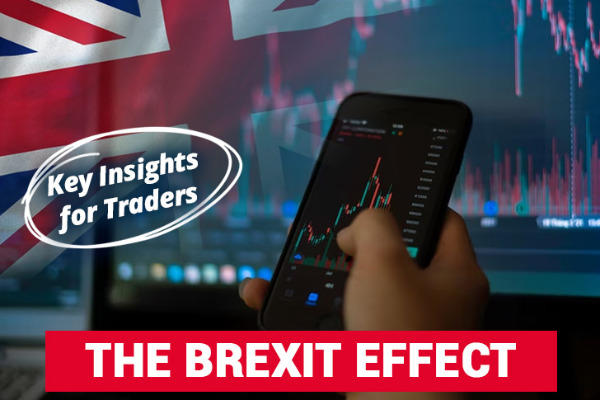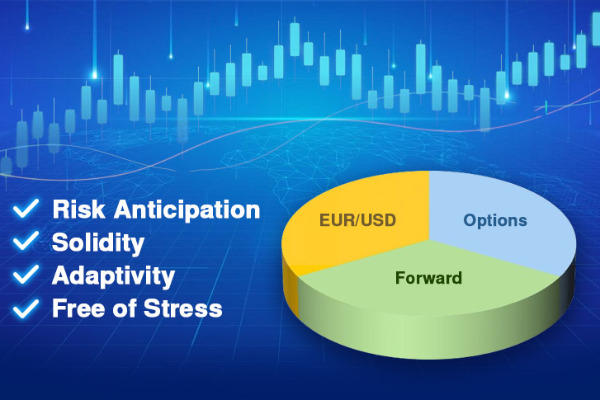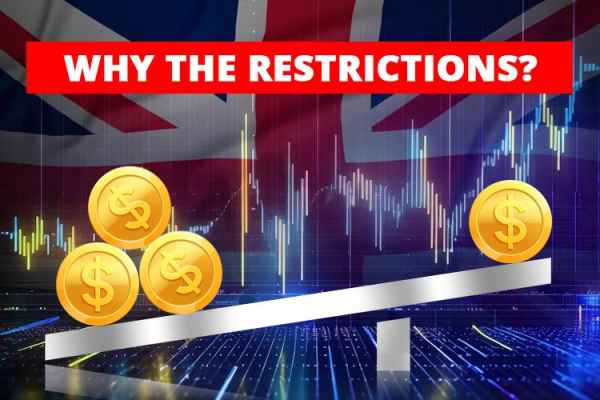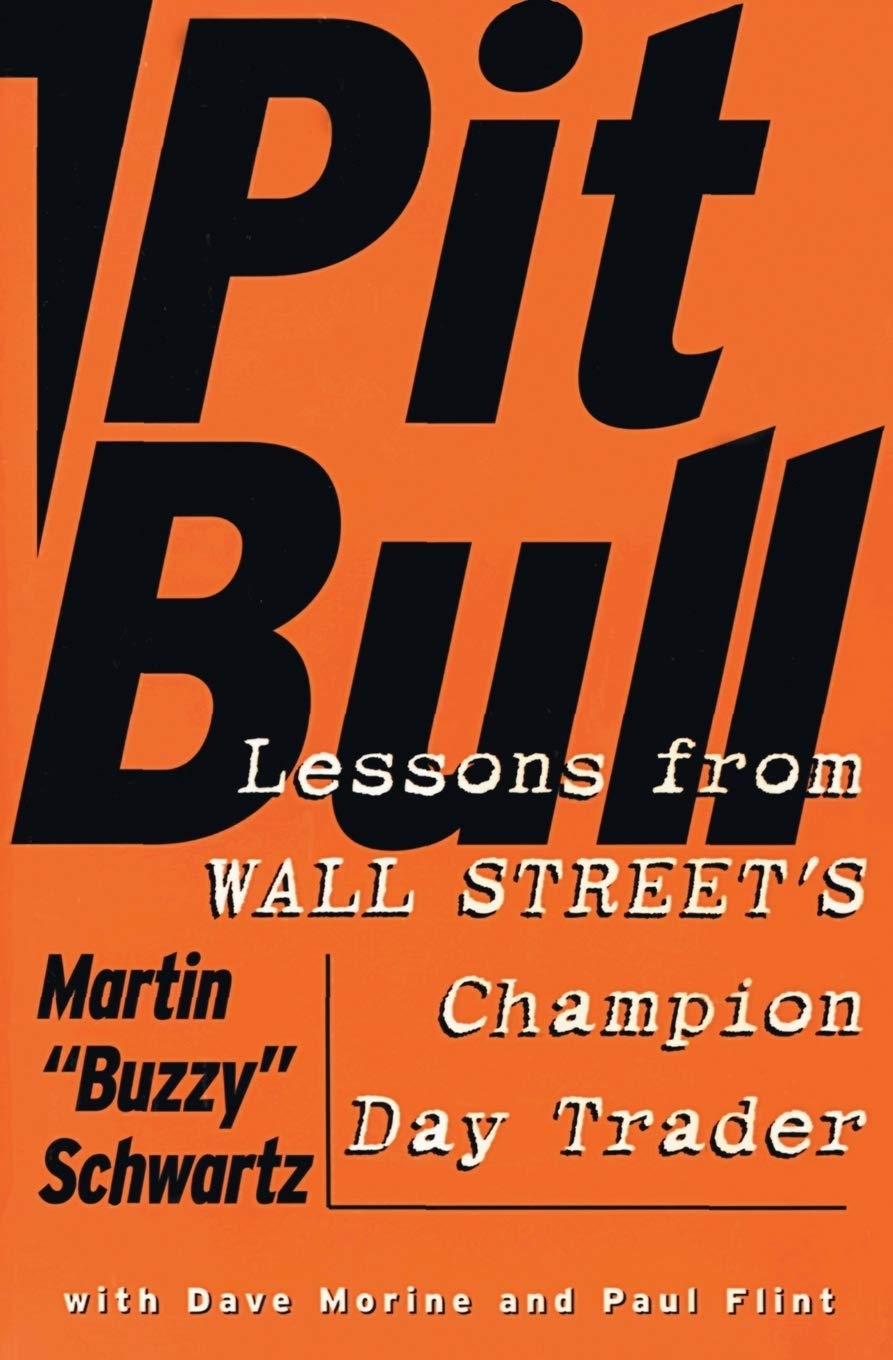Does depth of market have an important role in trading analysis? How to correctly use it? Let's learn the simple use of depth of market as well as the pros and cons.
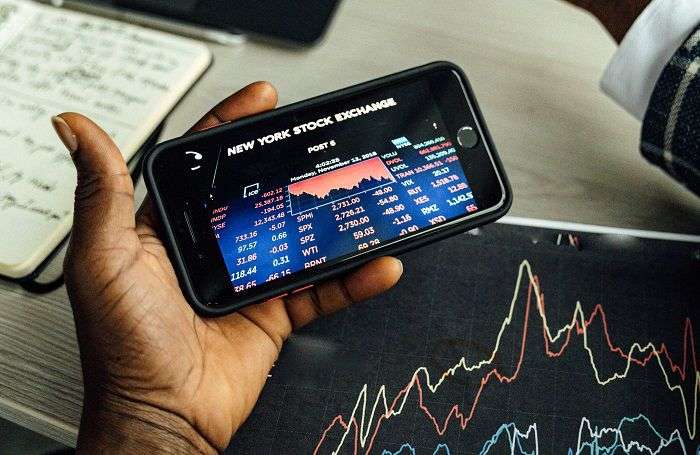
If you've reached this post, chances are you've read "Depth of Market" somewhere and are now super confused on this yet another new trading terminology you discovered. The good news is, it's really not as complicated as it sounds.
What is Depth of Market?
In simple words, Depth of Market is basically a trading tool that shows you how many orders are placed by other traders at different prices in any given market. You can think of it as a book that records every order placed by every trader.
Now you must be thinking, why would I need to know this information? Let's take a look at a scenario below to better understand the idea.
How to Use Depth of Market for Trading
Trading positions below are executed using data received from a Depth of Market analysis:
- Buy Positions
Let's say you doubt that the market is going to trend upwards but you need to find a way to confirm this theory. You would open the Depth of Market data in order to do so.
If you see that a lot of people have opened BUY orders close to the current market price, it is a sign that a lot of people expect the market to trend upwards as well. This would be the green light you need to open the BUY position you were waiting on. - Sell Position
Similarly, let's say you doubt that the market is going to move lower so you need to find a way to confirm this theory. You would open the Depth of Market tool in order to do so.
If you see that a lot of people have opened SELL orders close to the current market price, it is a sign that a lot of people expect the market to trend downwards as well. This would confirm your suspicion and allow you to open a SELL trade in peace.
Factors that Impact Depth of Market
You should know that there are actually a couple of factors that can impact the results shown on the Depth of Market. These factors are important to keep in mind when relying on the tool for your trading strategy. They are as follows:
Minimum Margin
The amount of leverage that a trader can take on is restricted by the need that a minimum margin is to be maintained.
Since individuals engaging in transactions are unable to place big orders without that amount of money, if the minimum margin requirements are raised, the market depth is reduced.
This is important to keep in mind when using Depth of Market.
Price Movements
In many different financial markets, it is not permitted for asset prices to move totally freely. Exchanges impose restrictions on trade and set limitations on how much a price may vary.
Futures contracts for a wide variety of commodities are often governed by both fixed and variable price caps. A deeper market depth can be achieved by placing restrictions on the price range within which it can move.
Trade Restrictions
You should know that certain brokers and regions restrict the use of certain financial instruments for trading. This is because they believe these assets to be very unstable and bad investments.
In situations like these, you may find that certain assets are showing few orders in their Depth of Market despite the market showing favorable conditions. The US is especially known for being super strict on what you can and can't trade.
Therefore, this is another thing to keep in mind when trading using Depth of Market.
See Also:
Market Transparency
Even if market players have access to a significant portion of the accessible information, certain details remain unavailable. Take, for instance, the bid and offer prices that are now being considered.
Participants in a market may have worries about the level of transparency in the market, which may affect their willingness to publish their orders.
Tick Size
The smallest possible increase or decrease in price that an asset can experience is referred to as the tick size. If the tick size is too tiny, there will be less of an incentive for market makers to post orders in advance.
This is because other market participants will be able to post orders ahead of them with just a slight difference in price if the tick size is too small.
But when the tick size is too big, traders have a greater incentive to take importance by placing their orders in advance.
As a result, getting the tick size right is essential for maintaining the Depth of Market's equilibrium.
Pros and Cons of Using Depth of Markets
Now that we've figured out what exactly is the Depth of Market, how to use it in trading, and what impacts its values, let's look at some of the top benefits and drawbacks of this tool:
The Pros
One of the biggest benefits of using the Depth of Market tool is that it is super easy to read. A quick glance over it and you would've already understood what direction the market is potentially going to turn.
It is a great tool to use in moments of doubt when you want to confirm if your analysis is correct or not by looking at what others are doing.
The Cons
A big drawback of this tool is that it is not updated regularly. It is basically a snapshot of a certain moment in time. This can make your trading very inaccurate as there could suddenly be a ton of orders in a split second and the Depth of Market would not be showing it.
Another big drawback is that this tool isn't available on all trading platforms. It isn't available on the MT4 platform for instance, but it is present on the more technical platform like cTrader and MT5.
All in all, if you're interested in using Depth of Market as one of your analytic tools, you can consider choosing between these 7 platforms.

 Dedicated FREE FOREX VPS
Dedicated FREE FOREX VPS Free FOREX Virtual Private Server
Free FOREX Virtual Private Server MT4 Demo Contest, Get $500
MT4 Demo Contest, Get $500 Sign Up for an Account, Claim 60% Deposit Bonus
Sign Up for an Account, Claim 60% Deposit Bonus Free MT4/MT5 VPS 2024
Free MT4/MT5 VPS 2024 Send E-mail and Get Free Merchandise
Send E-mail and Get Free Merchandise $1K Refer a Friend Bonus for Pepperstone Pro clients
$1K Refer a Friend Bonus for Pepperstone Pro clients Maximize Your Earnings with 100% Deposit bonus
Maximize Your Earnings with 100% Deposit bonus Trade to Win, $5,000 Monthly Demo Contest
Trade to Win, $5,000 Monthly Demo Contest Claim 30% + 15% Deposit Bonus from LiteFinance
Claim 30% + 15% Deposit Bonus from LiteFinance



